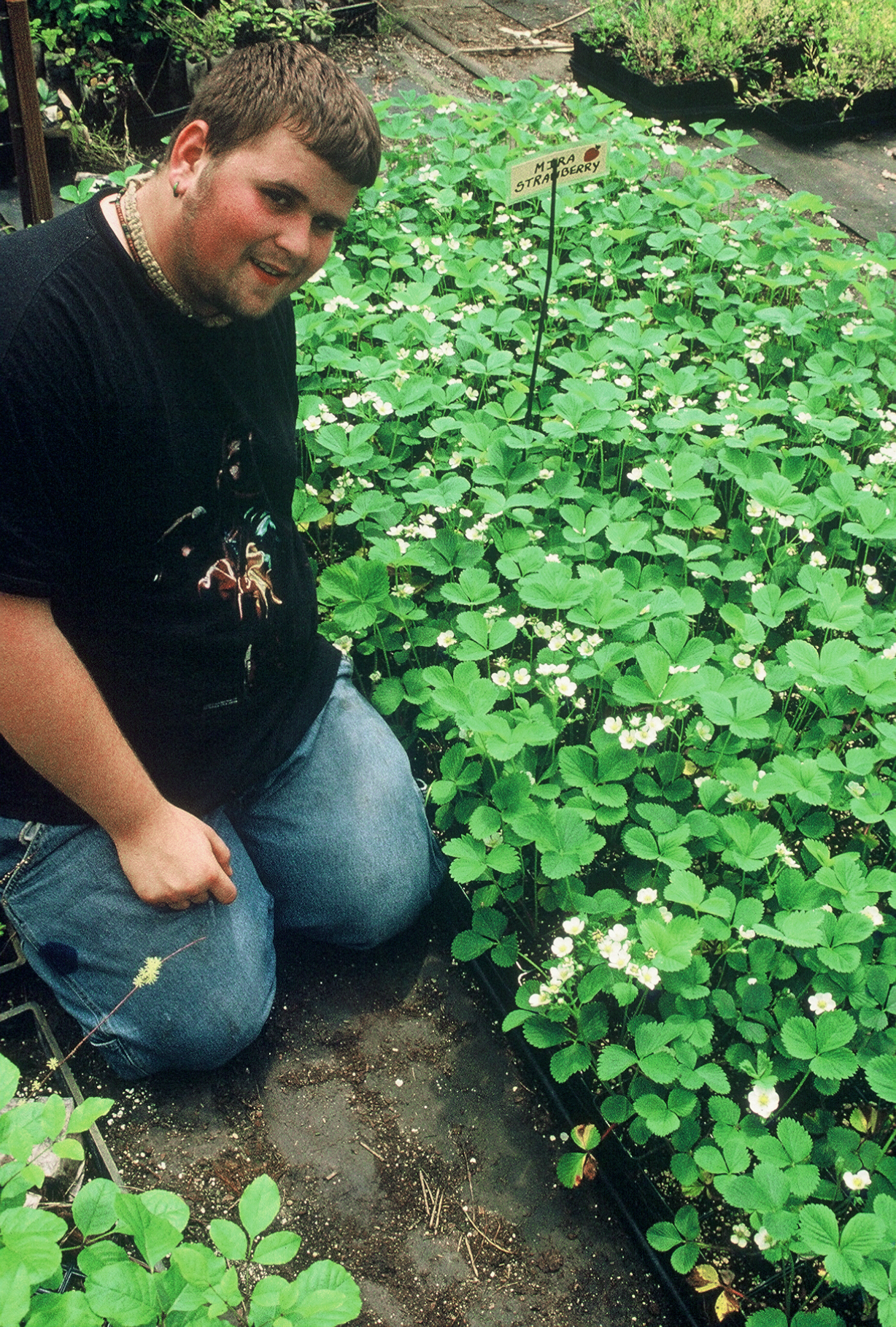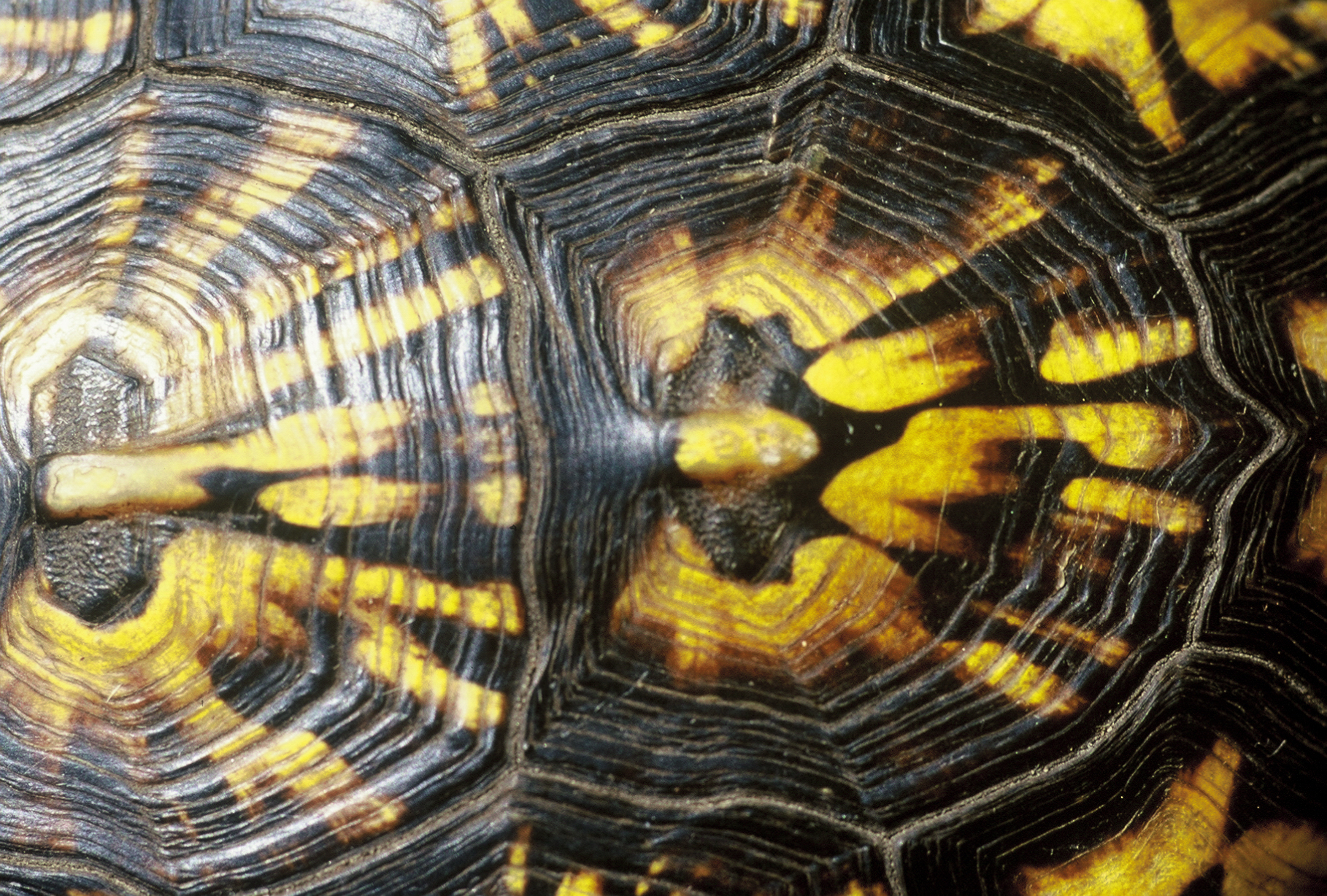



Delicious Wild Black Currant Flavor-Indigenous to North America
Many years ago while snooping around a drainage ditch on my family's farm, I discovered a black currant plant growing on a sand and rock embankment. I was pleasantly surprised at the wonderful flavor and I soon collected enough fruit to extract the seeds and then grow them at my farm. This area was surrounded by healthy white pines as well making me think this plant was immune to blister rust. Once I had the plants established at my farm I planted white pine species near the plants to see how immune they were. It turns out this species is completely immune as well as having very good leaf retention making it through the hot summers without loss of leaf which is so common with other Ribes. The leaves never showed signs of any fungal disease. They were the most pristine I had ever seen on a Ribes species. The one caveat: it is low yielding. Even though there are plenty of flowers and lots of pollination by bumblebees, the plants just squeak out a few fruit per raceme. I am not sure why. Now after 30 years, I plan to move out the plants I have and began a new seedling planting to check for higher yielding plants as well as natural hybrids. Black currant is such a healthy plant and it only makes since we have not selected the species due to our Phyto xenophobic tendencies as well as using the Ribes nigrum selections. That was a good idea on the Ribes nigrum front but I still think the flavor profile of this species could be brought to light if there were heavier producing plants that could be grown in a more robust fashion.
This seed selection of American black currant represents an untapped resource for improvement for agriculture. The issue becomes 'why bother' when there is so much selection with the European black currant. The flavor, adaptability to much of North America, immunity to white pine blister rust as well as the nutritional and health benefits makes for a strong case for selection. Further seed grow outs could also yield seed strains like the USDA Riverview selections that could be used for conservation and wildlife use. This genus is often not represented in plantings as well.
| Plant Specs |
| Genus & Species |
Ribes americana |
| Seed Source |
Michigan- Originally wild collected from Saginaw County |
| Hardiness |
minus 30 F |
| Height (ft) |
3 |
| Width (ft) |
3 |
| Pollination Requirements |
Appears to need cross pollination. Usually Ribes are self fertile. But this one is shy bearing on its own for unknown reasons. Bumblebees love the flowers of this plant. |
| Soil |
Slightly acidic, high organic soils ideal but will survive in sandy soils. Not for alkaline soils. |
| Climate |
Zone 3-7. Moist cool climates ideal. |
| Ease of Cultivation |
Easy to establish and highly adaptable but low in yields. Further research needs to be done with the population in terms of getting anywhere near the yields of black currants Ribes nigrum varieties. Easy to propagate from cuttings and self roots and spreads by stolons too. |

